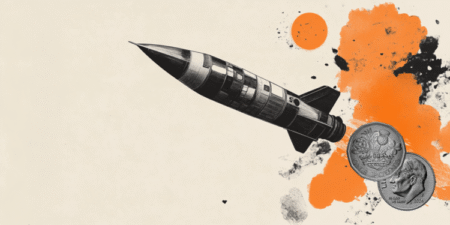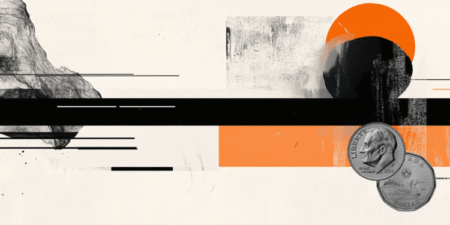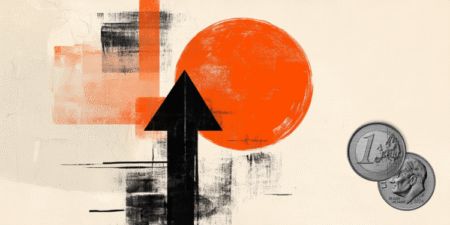- EUR/GBP slips below 0.8660, snapping a two-day winning streak after touching an intraday high of 0.8670.
- The Eurozone Manufacturing PMI rose to 50.7 in August, surpassing the flash estimate of 50.5.
- UK Manufacturing PMI slips to 47.0, undershooting the 47.3 forecast.
The Euro (EUR) edges lower against the British Pound (GBP), with EUR/GBP slipping below 0.8660 and snapping a two-day winning streak. At the time of writing, the cross is trading near 0.8654, as diverging economic signals from the Eurozone and the United Kingdom (UK) continue to drive sentiment around the pair.
Eurozone data showed signs of resilience, with the HCOB Manufacturing Purchasing Managers Index (PMI) rising to 50.7 in August, beating the flash estimate of 50.5 and improving from July’s 50.5, marking the second consecutive month of expansion and the strongest reading since early 2022. Stronger domestic demand in Southern Europe led the rebound, while Germany improved to 49.8, its best in more than three years. The Composite PMI climbed to 51.1, above the 50.9 forecast and July’s 50.2, highlighting the fastest pace of private-sector growth in 15 months.
In contrast, the UK’s industrial downturn deepened. The S&P Global Manufacturing PMI slipped to 47.0 in August, undershooting the forecast of 47.3 and signaling the 11th consecutive month of contraction. The survey revealed that new orders and exports fell at the sharpest pace in four months, dragged by external pressures such as US tariffs, muted client confidence, and weaker global demand. According to a Reuters report, employment also declined for a tenth straight month, underscoring persistent weakness across the factory sector.
Meanwhile, Eurozone labor market data added to the constructive tone, as the Unemployment Rate held steady at 6.2% in July, in line with expectations and down from a revised 6.3% in June. The stability suggests that the bloc’s labor market remains broadly resilient despite global headwinds.
Looking ahead, attention turns to the European Central Bank (ECB), with policymaker Piero Cipollone scheduled to speak on Monday, followed by remarks from ECB President Christine Lagarde later in the day. On Tuesday, focus shifts to preliminary Eurozone inflation data for August, with markets expecting the Core Harmonized Index of Consumer Prices (HICP) to ease slightly to 2.2% YoY from 2.3%, while the headline HICP is seen steady at 2.0% YoY.
ECB FAQs
The European Central Bank (ECB) in Frankfurt, Germany, is the reserve bank for the Eurozone. The ECB sets interest rates and manages monetary policy for the region.
The ECB primary mandate is to maintain price stability, which means keeping inflation at around 2%. Its primary tool for achieving this is by raising or lowering interest rates. Relatively high interest rates will usually result in a stronger Euro and vice versa.
The ECB Governing Council makes monetary policy decisions at meetings held eight times a year. Decisions are made by heads of the Eurozone national banks and six permanent members, including the President of the ECB, Christine Lagarde.
In extreme situations, the European Central Bank can enact a policy tool called Quantitative Easing. QE is the process by which the ECB prints Euros and uses them to buy assets – usually government or corporate bonds – from banks and other financial institutions. QE usually results in a weaker Euro.
QE is a last resort when simply lowering interest rates is unlikely to achieve the objective of price stability. The ECB used it during the Great Financial Crisis in 2009-11, in 2015 when inflation remained stubbornly low, as well as during the covid pandemic.
Quantitative tightening (QT) is the reverse of QE. It is undertaken after QE when an economic recovery is underway and inflation starts rising. Whilst in QE the European Central Bank (ECB) purchases government and corporate bonds from financial institutions to provide them with liquidity, in QT the ECB stops buying more bonds, and stops reinvesting the principal maturing on the bonds it already holds. It is usually positive (or bullish) for the Euro.
Read the full article here
















